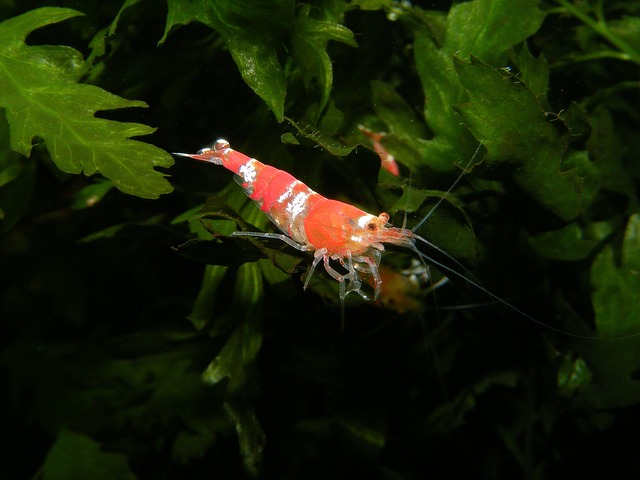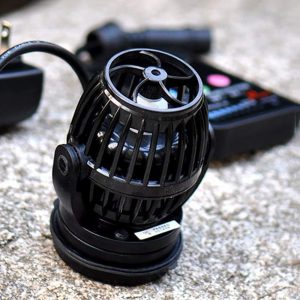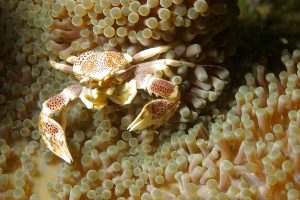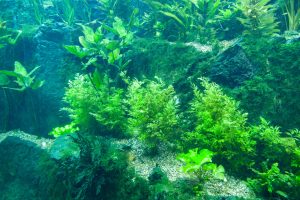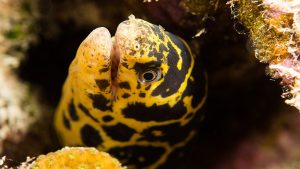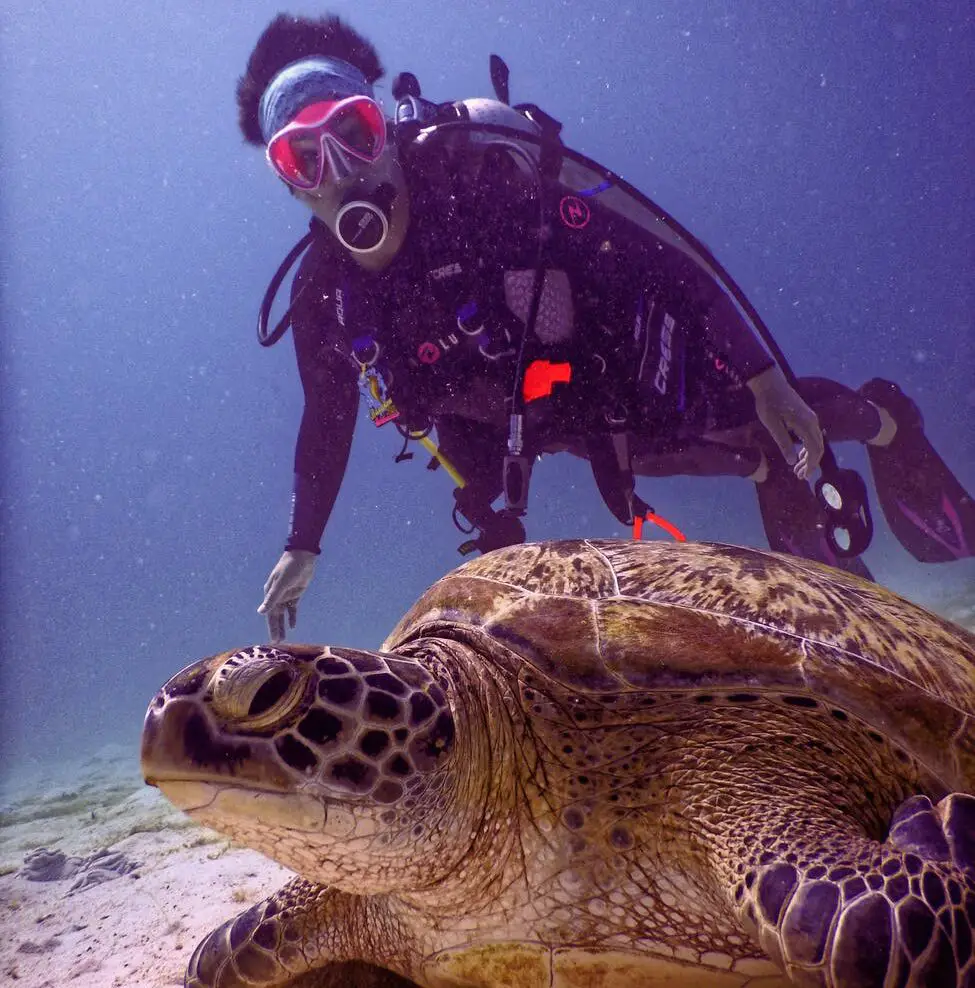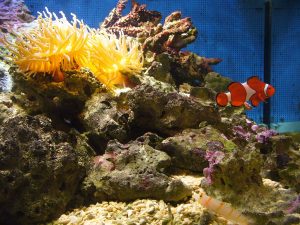A shrimp is a crustacean, which is just one of the categories of arthropods in the animal kingdom.
In this article, explore why shrimp are classified as crustaceans and not as fish, and the important distinctions within the crustacean category.
Is Shrimp a Fish or Crustacean?
Shrimp are crustaceans, a type of shellfish. But don’t be confused by the word “fish” appearing in shellfish, as crustaceans are biologically different from fish.
Shrimp fall under the crustacean category of shellfish, which falls under a broader category of seafood. While the seafood category includes fish, mollusks, and crustaceans, these three subcategories have important biological differences.
Fish
Fish are considered vertebrates, meaning they do have a backbone. Fish are also different from crustaceans in their biological features. Fish have gills, have swim bladders to help them float, typically have scales, and have eggs to reproduce.
Mollusks
Mollusks are invertebrates. They have soft bodies, of which most is safely enclosed in a shell made of hard calcium carbonate. Mollusks are cold-blooded creatures. There are three major classes of mollusks.
Gastropods like snails and slugs use their feet to move. They have a head and can see and smell, but they cannot hear.
Bivalves like clams and oysters can open their shell and use their muscular foot to move and dig. Bivalves can survive in marine and freshwater habitats. They do not have a head.
Cephalopods have a head, brain, and typically have tentacles like octopus and squid. They have blue blood and typically a defense mechanism in ink.
Crustaceans
Crustaceans are considered invertebrates, meaning they do not have a backbone. Invertebrates live on land and in water, and include species like jellyfish, worms, snails, spiders, and other insects.
But crustaceans also have a segmented body, tough shell called an exoskeleton, limbs that can bend at the joints, antennae, and maybe even gills.
Shrimp, lobsters, prawns, krill, and water fleas fall under the crustacean category.
Fish, mollusks, and crustaceans are ectothermic animals. The body temperature regulation of these cold-blooded species is dependent on external factors like sunlight.
What Category Does Shrimp Fall Under?
Shrimp fall under the crustacean category, which is separated further into four categories of crustaceans including Malacostraca, Maxillopod, Ostracoda, and Branchiopoda. There are more than 2,000 species of shrimp.
Malacostraca
There are more than 29,000 kinds of Malacostracans, according to Encyclopedia Britannica. Freshwater and marine Malacostracans include lobsters, hermit crabs, and isopods. Shrimp also fall under the Malacostraca category.
Maxillopod
The Maxillopod category of crustaceans includes barnacles and copepods. Maxillopods are usually small, have short bodies, and use their legs to filter feed.
Ostracoda
Ostracods are often known as seed shrimp. They are super small, around 1 mm long, and usually have flat bodies. Most ostracods live at the upper layer of the sea floor, and some are considered members of the Zooplankton family.
Branchiopoda
Fairy shrimp, clam shrimp, and water fleas that feed on microscopic plankton and other debris. They are not shrimp in the traditional sense, and mostly live in freshwater pools and lakes.
Is Shrimp a Producer, Consumer, or Decomposer?
Shrimp are both consumers and decomposers in the food chain. The food web consists of producers, consumers, and decomposers.
Producers make their own food by converting sunlight into sustenance. Producers usually consist of plants who can use photosynthesis to survive.
Consumers hunt for food and typically eat the producers, like plants. Consumers fall into three different categories, including primary, secondary, and tertiary consumers.
Primary consumers are usually herbivores, meaning they’re an animal that feeds on plant life. This means that primary consumers eat the producers, in theory.
Secondary consumers eat primary consumers to get energy. Secondary consumers eat herbivores.
Tertiary consumers are less picky and will consume both primary and secondary consumers.
Decomposers break down the waste and the remains of other animals and eat that for food.
Shrimp are omnivores, meaning they’ll eat plants and also other small animals for energy. This makes them a consumer. However, shrimp can also break down their food into detritus that turns to nutrients for other animals in the food chain to consume, so in this sense, they are also decomposers.
Is Shrimp an Arthropod?
True shrimp, as opposed to clam shrimp or other shrimp found in various crustacean categories, are arthropods.
Shrimp, lobster, barnacles, crabs, isopods, and copepods are part of the Arthropoda Phylum.
Arthropods are considered one of the most successful animals on the planet in their ability to survive and reproduce. You can find Arthropods on land, in the ocean, and even in the air, and they make up more than 75 percent of all previously living (fossilized) and living species on earth.
Arthropods range in size, from crabs with legs that span up to 12 feet wide, to zooplankton which can’t be seen with the naked human eye.
According to Dive Training Magazine, a magazine that instructs new divers on the wonders of the ocean, the word Arthropod stems from the Greek word “arthros,” which means to be jointed.
There are four basic types of arthropods, including arachnids, crustaceans, insects, and myriapods.
Arachnids
People commonly think of arachnids as spiders, but they also include ticks, mites, and scorpions. They have eight legs, no antennae, and no wings.
Crustaceans
Crustaceans are usually found in saltwater, though some can be found in lakes and rivers. Some crustaceans are even found on land, such as woodlice. Shrimp, crabs, and lobsters are crustaceans.
Insects
Insects have two eyes, a pair or two pairs of wings (with exception to ants, fleas, and lice), antennae, six legs, and a three-part body. Of all the invertebrates, insects are the only ones that can fly. Examples include termites, grasshoppers, butterflies, and beetles.
Myriapods
Myriapods have many legs, a head and a trunk, and antennae. Millipedes, centipedes, and Pauropoda all fall into the myriapod category.
Conclusion
Once you understand the various classifications of arthropods and the crustacean category, it is easy to see how shrimp fall squarely into the crustacean definition and not the definition of fish. Shrimp are Malocostracan ectothermic arthropods that are both consumers and decomposers in the animal kingdom.
